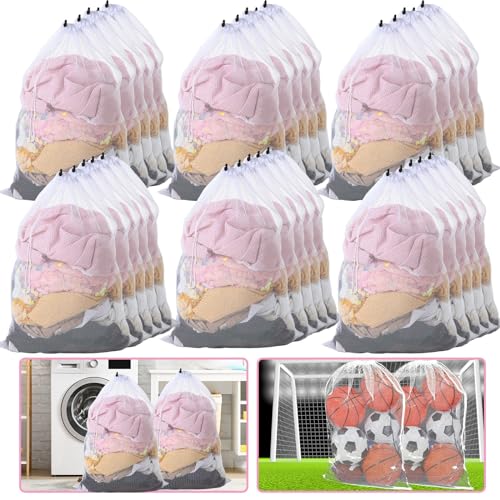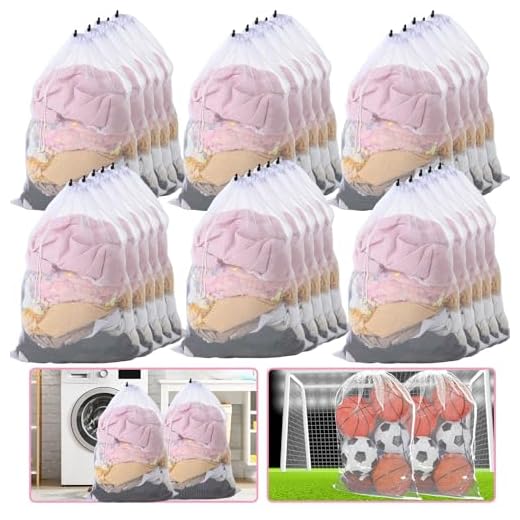
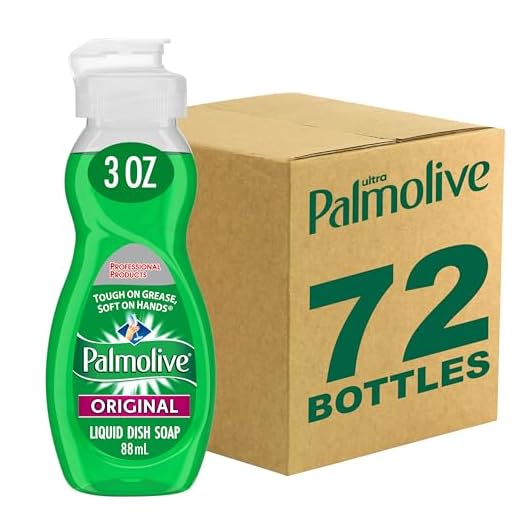
Hand-clean the exterior with lukewarm water (30–35°C) and a mild, non-biological liquid detergent – use roughly 10–15 ml per 500 ml of water; apply with a soft cloth and blot stains for 60–90 seconds, then rinse the area with clean water and pat dry with a towel. Perform a 10-minute spot test on an interior seam before treating visible sections.
Empty all compartments, remove loose debris with a soft-bristle brush or low-suction vacuum, and detach any removable straps or inserts. Metal zippers: run a dry toothbrush along teeth, then lubricate with a tiny amount of paraffin or zipper-specific silicone; leather or faux-leather trim: wipe with a barely damp cloth and one small pump of pH-neutral leather cleaner, then follow with a light conditioner applied sparingly.
If machine cleaning is permitted by the care label, place the item inside a mesh laundry bag or pillowcase, use the delicate cycle, cold water (≤30°C), and a short spin; add no more than 15 ml mild detergent and skip bleach and fabric softeners. Air-dry flat on a towel away from direct sunlight and heat sources; reshape by stuffing with crumpled paper and allow 12–48 hours depending on humidity. Never tumble-dry, dry-clean, or use bleach on printed or trimmed areas.
For specific stains: grease – treat with a dab of liquid dish soap, agitate gently, rinse; ink – apply 70% isopropyl alcohol to a cotton swab, blot from edges inward, then rinse; mildew – mix one part white vinegar to three parts water, apply briefly, rinse and dry thoroughly. Routine maintenance: remove dirt monthly with a brush and deep-clean every 3–6 months for regular use, or immediately after heavy soiling or moisture exposure.
Cleaning a premium canvas carry
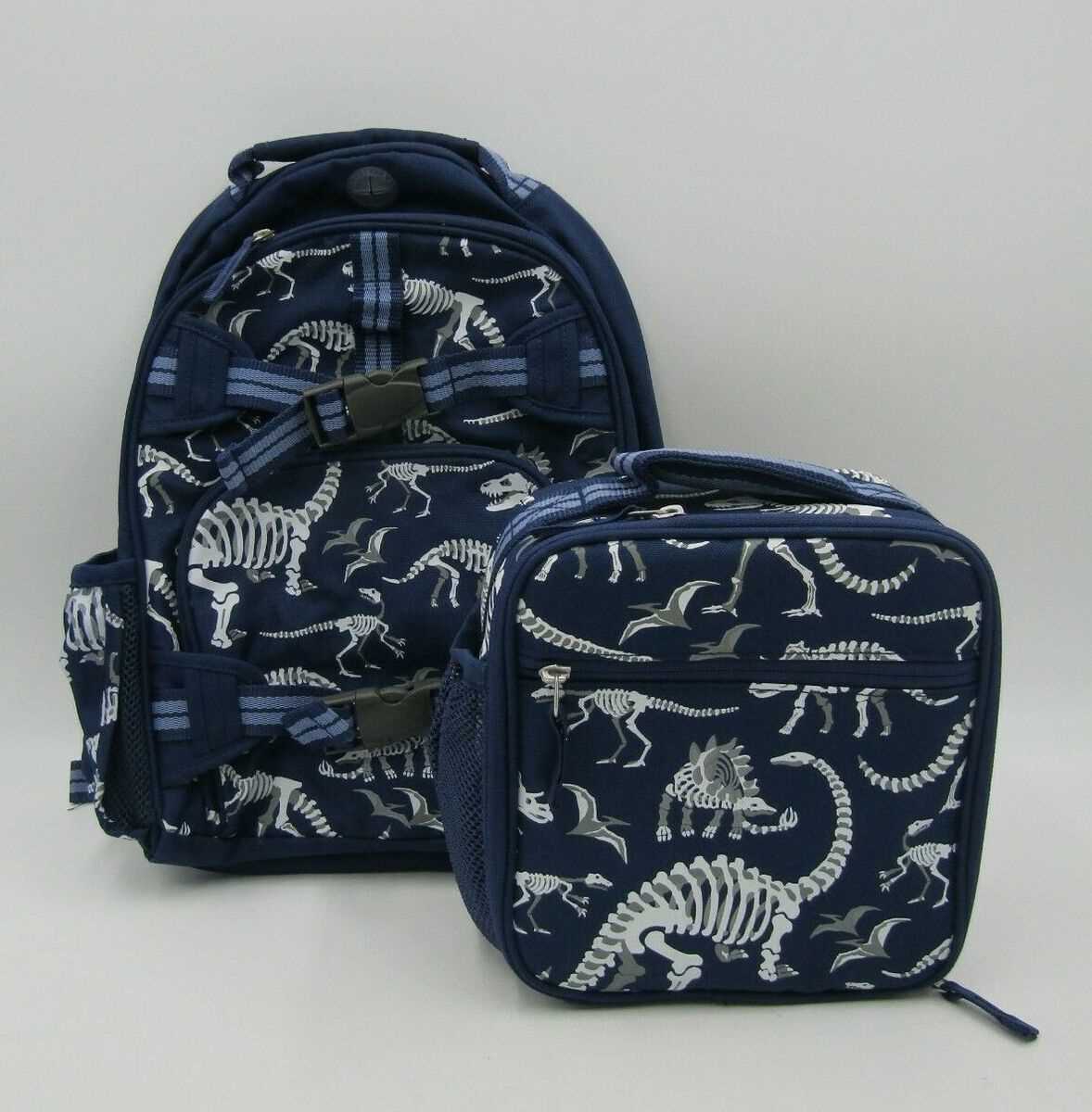
Empty every compartment, unclip removable straps and foam inserts, unzip pockets and fasten all zippers; detach any leather accents before proceeding.
Hand-clean method for canvas or mixed-fabric shells

Prepare a solution of mild liquid soap at approximately 1 teaspoon per 250 ml (8 fl oz) lukewarm water (≈30°C). Apply with a soft nylon brush or sponge in short, circular strokes; limit agitation to 1–2 minutes per stained area. For rinsing, use a clean sponge soaked in plain water and blot until suds are gone. Do not submerge pieces with leather trim; keep moisture confined to fabric panels.
Spot-test on an inconspicuous interior panel for 30–60 seconds and dry the patch fully before wider application. For oily stains: cover with 1–2 tablespoons of cornstarch or talc, let sit 15–30 minutes, brush off, then treat remaining residue with diluted soap. For ink marks: dab (do not rub) with 70% isopropyl alcohol on a cotton swab and blot immediately.
Machine-safe shells and hardware care
Only place fully synthetic shells (nylon/polyester) in the washer. Use cold water (<30°C), gentle cycle, mild liquid detergent (half cap for small loads), laundry bag or pillowcase to protect straps and hardware, and a low spin (400–600 rpm). Do not use bleach or fabric softener. Remove promptly at cycle end to prevent creasing and air out metal parts to avoid corrosion; apply a small amount of zipper wax or paraffin to keep sliders moving.
Do not tumble dry any item with leather trim or glued panels. To accelerate drying without heat: press excess water with a clean white towel, reshape while damp, and place on a flat rack or hanger in a well-ventilated space out of direct sunlight; typical dry time ranges 12–48 hours depending on humidity. For persistent odors, sprinkle 2–3 tablespoons baking soda inside, leave overnight, then vacuum.
For leather accents: wipe with a barely damp cloth, apply a dedicated leather cleaner or saddle soap per product directions on a test patch, then condition with a leather balm once fully dry; avoid soaking or machine agitation.
When selecting an alternative load carrier for trail use consult with gear reviews such as best fastpacking backpack, and for travel security consider certified options listed at best luggage brand locks.
Check the care label and identify the fabric type
Follow the care label symbols: they determine safe cleaning method, maximum water temperature and drying/solvent restrictions.
Locate the sewn or printed tag inside the main compartment, under a flap or along a seam; compare exterior fabric and interior lining tags because instructions can differ. Common symbols and meanings: tub with number = max temperature (e.g., 30°C/86°F, 40°C/104°F); tub with hand = hand-clean only; tub crossed out = no water immersion; triangle = bleach allowed; triangle crossed = no bleach; circle with P or F = professional solvent cleaning; circle crossed = no professional solvent; square with circle = tumble dry allowed (dots = heat level: 1 dot ≈ low, 2 dots ≈ medium); iron = safe ironing temps; square with horizontal line = dry flat; three vertical lines = drip-dry.
Perform a colorfastness check before any full cleaning: mix 5 ml mild pH‑neutral detergent with 100 ml water, apply to a hidden seam with a cotton swab, blot after 5 minutes with a white cloth and inspect for dye transfer; allow 24 hours to confirm no color shift or fabric distortion.
Match material to method: nylon and polyester usually tolerate gentle machine cycles at ≤40°C (104°F) or hand cleaning; plain cotton canvas can handle 40–60°C (104–140°F) unless treated or printed; waxed canvas must not be submerged–spot-clean with cool water and mild soap and reapply wax bar; leather and suede require specialist care or professional cleaning; PVC/laminate and metallic prints should be wiped with a damp cloth and mild soap, avoid solvents and heat; foam-padded areas should be spot-treated and fully air-dried.
Before cleaning actions, empty all pockets, remove detachable straps or inserts, close zippers and fasten buckles, and remove loose debris with a soft brush or vacuum brush attachment to prevent abrasion and color migration.
| Fabric | Typical care-label symbols | Recommended approach | Max temp (°C / °F) | Detergent / chemicals | Drying / finish |
|---|---|---|---|---|---|
| Nylon | Tub with 40, gentle cycle, no bleach | Machine on delicate in mesh bag or hand-clean; zip closed | ≤40°C / 104°F | Mild pH‑neutral, no bleach, no fabric softener | Air dry away from direct sun; low-heat tumble only if label permits |
| Polyester | Tub 40, gentle; triangle crossed for no bleach | Machine delicate or hand-clean; remove hardware if possible | ≤40°C / 104°F | Mild detergent | Air dry; low tumble optional per tag |
| Cotton canvas (uncoated) | Tub 40–60, iron symbol maybe present | Machine OK at indicated temp; spot-treat stains pre‑cycle | 40–60°C / 104–140°F | Regular or mild detergent | Air dry or low tumble; reshape while damp |
| Waxed canvas | Tub with hand or tub crossed (no water) | Do not submerge; cold spot-clean with mild soap; re-wax after drying | Cold only | Mild soap, no solvents | Air dry; apply wax bar or paste when dry |
| Leather | Circle P (professional) or tub crossed | Spot-clean with leather cleaner or use professional service | N/A | Leather-specific products; no bleach | Air dry away from heat; condition with leather balm |
| Suede | Circle P, tub crossed (do not wet) | Professional cleaning recommended; use suede brush for dry stains | N/A | Suede cleaners only | Air dry; brush nap when dry |
| PVC / laminated / coated | Circle or wipe symbol, often tub crossed | Wipe with damp cloth and mild detergent; avoid abrasives | Cold | Mild soap; no solvents | Air dry; avoid high heat which can delaminate |
| Printed or metallic finishes | Tub hand or tub crossed; triangle crossed | Hand-clean cold; avoid scrubbing to prevent finish loss | ≤30°C / 86°F | Mild, non-alkaline detergent | Air dry flat; avoid heat and abrasion |
| Foam padding / molded components | Tub crossed, spot-clean symbol | Spot-clean only; do not immerse; allow full drying before reuse | N/A | Diluted mild soap | Air dry completely |
Spot-treat mud, ink and food stains with the right cleaner
For mud: allow soil to dry, knock off loose clumps, then treat the remaining mark with 1 teaspoon liquid detergent per 240 ml (1 cup) cool water and a soft-bristled brush; blot with a microfiber cloth and air-dry away from direct heat.
Mud stains: step-by-step
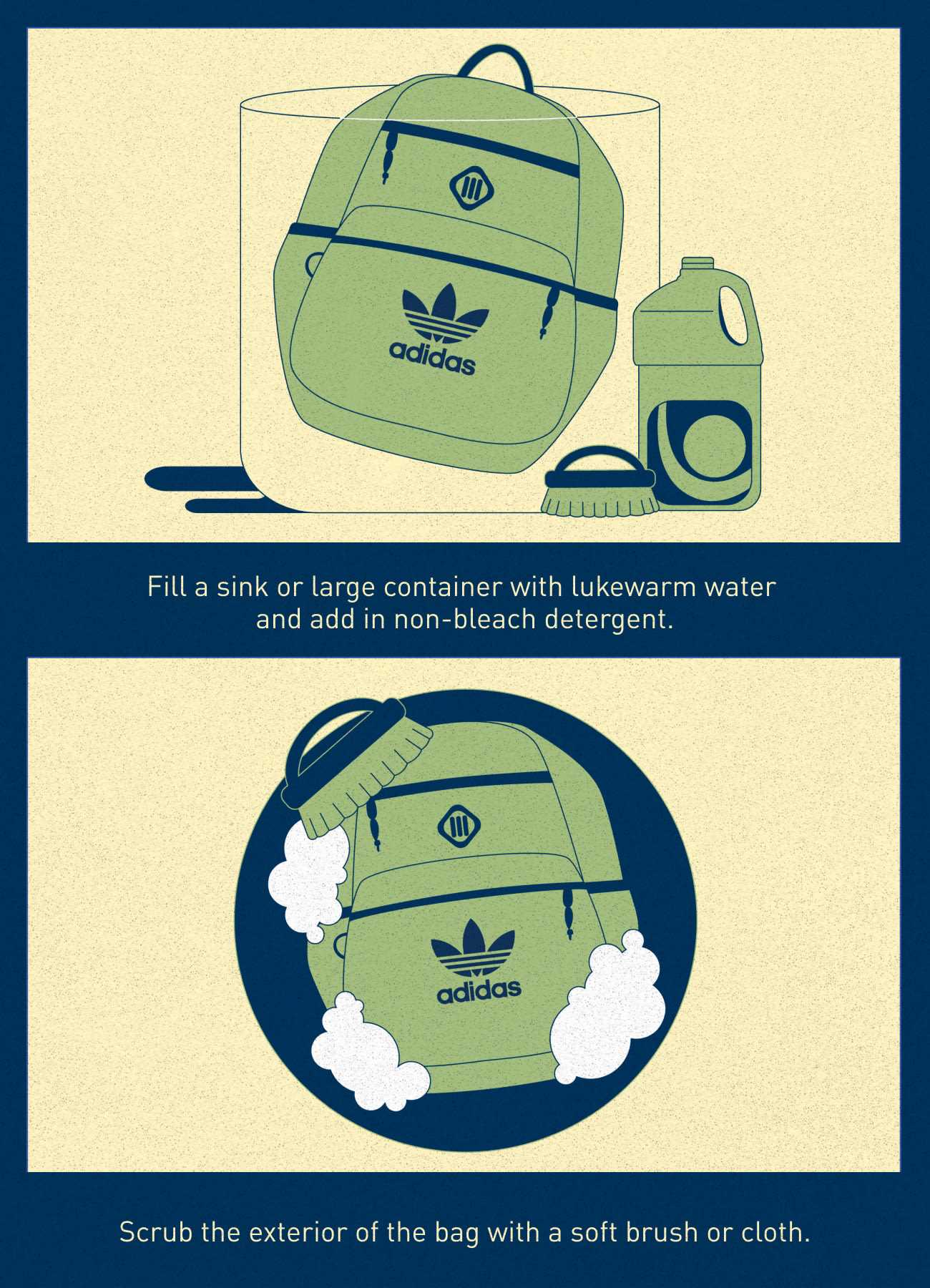
- Let dry completely and remove crust with a plastic scraper or stiff brush outdoors.
- Mix 1 tsp mild liquid detergent + 240 ml cool water in a spray bottle; mist the stain lightly.
- Gently agitate with a soft toothbrush working from the outside toward the center.
- Blot with a clean white microfiber towel to lift loosened soil; repeat until no more transfer appears.
- Rinse the spot by dabbing with a cloth dampened in plain water to remove soap residue; air-dry flat.
Ink and food stains: targeted cleaners and precautions
- Tools: 70–90% isopropyl alcohol, cotton swabs, enzyme-based stain remover, grease-cutting dish soap (non-bleach), oxygen-based bleach (sodium percarbonate), soft brush, spray bottle, clean white cloths.
- Colorfastness test: apply cleaner to an inconspicuous seam for 15–30 seconds, blot with a white cloth; if color transfers or fabric weakens, stop.
- Ink (ballpoint/roller): blot excess, then dab 70%+ isopropyl alcohol with a cotton swab, blot to a dry area of cloth repeatedly; after ink transfer stops, neutralize with the detergent solution above and rinse.
- Permanent marker or stubborn dye: test acetone on a hidden patch first; if safe, apply briefly with a swab, blot, then rinse immediately. Avoid acetone on printed logos, leather, suede or acetate.
- Grease/food oils: apply a drop of grease-cutting dish soap directly to the stain, work gently with a soft brush for 60–90 seconds, let sit 5–10 minutes, then rinse by dabbing with warm water; repeat if needed.
- Protein stains (blood, egg, milk): use cold water; pre-soak in cold water with an enzyme laundry stain remover for 15–30 minutes before cleaning with the detergent solution.
- Oxygen bleach soaks: dissolve per product directions (typical range 15–30 g per liter for sodium percarbonate products) and soak stained area 30–60 minutes; rinse thoroughly and air-dry.
- Never machine-dry treated areas until the stain is fully gone – heat sets residues permanently.
For any solvent use: ventilate the area, wear nitrile gloves if preferred, work in small amounts and test first. If a mark resists all safe treatments, consult a professional cleaner that accepts delicate fabrics and constructed items.
Remove straps, inserts and metal hardware before cleaning
Detach all removable straps (shoulder, sternum, hip) and pull out internal sleeves, foam frames and any molded inserts before any cleaning procedure; take one clear photo of each side and each attachment point to simplify reassembly.
For sewn-on straps that appear removable but are stitched: do not cut stitches unless you have replacement parts. Use a seam ripper only when you will stitch or replace the strap afterward; keep removed thread and swatches as templates.
Collect small hardware – screws, rivets, washers, sliders, D-rings – in a labeled container or magnetic tray. Place each item on a piece of paper labeled with its original position (example: “left hip belt screw, top”).
Use tools sized to the fasteners: Phillips #0/#1, flathead 2–3 mm, precision nut driver, and long-nose pliers. For stubborn rivets, apply penetrating oil, wait 5–10 minutes, then turn slowly to avoid stripping heads.
Metal parts: soak in warm water (≈40°C / 104°F) with 1 teaspoon mild dish detergent per 250 ml for 10 minutes, scrub with a soft nylon brush, rinse, and dry immediately with a lint-free cloth. Brass tarnish: make a paste of 3 parts baking soda to 1 part water, rub gently for 60–90 seconds, rinse and dry. Surface rust: soak in equal parts white vinegar and water for up to 30 minutes, scrub with a brass brush or fine-grade stainless pad, rinse, neutralize with baking soda solution, then dry thoroughly and apply a thin film of mineral oil to protect.
Zippers and sliders: if removable, launder separately in a mesh bag on a gentle cycle using cold water and mild detergent, then air-dry. Lubricate dry metal sliders with paraffin wax or a tiny dab of clear silicone lubricant; avoid oil on surrounding fabric.
Leather straps: wipe with a barely damp cloth, clean with a pH-balanced leather cleaner according to product instructions, let dry 30–60 minutes away from direct heat or sun, then apply conditioner sparingly (a thin layer, buff after 10–20 minutes). Do not submerge leather.
Fabric straps and webbing: soak in lukewarm water (30–40°C / 86–104°F) with 1 tablespoon mild detergent per liter for 10–15 minutes, agitate by hand, rinse until suds-free, press in a towel to remove excess moisture and air-dry flat to retain shape.
Foam or molded inserts: rinse in cool water with a small amount of mild detergent, squeeze (do not twist) to remove water, wrap in an absorbent towel and press to extract moisture, then stand upright to finish drying; expect 12–24 hours depending on thickness.
Only reassemble when every component is bone-dry. Refer to your pre-disassembly photos to replace straps and hardware in their original order, tightening screws to manufacturer torque feel without over‑forcing fasteners.
Hand-clean heavy cotton and nylon packs: tools, detergent and technique
Recommended solution and supplies
Use lukewarm water (20–30°C) and dilute 1 teaspoon (≈5 mL) mild liquid detergent per 1 litre of water; prepare 5–10 litres for a small-to-medium rucksack. Preferred cleaners: non-ionic liquid dish soap or gentle liquid laundry detergent (dye- and phosphate-free). Avoid bleach, fabric softeners, powdered detergent that can leave residue, solvent-based cleaners and strong alkalis. Tools: 1 basin or sink, soft-bristled brush (~7–10 mm bristle length), dense cellulose sponge, several microfiber cloths, a clean towel for pressing, a spray bottle of clear water for rinsing, and a microfiber towel for final moisture removal. For hydrophobic coatings use a low-suds approach: limit immersion and use a spray-rinse method.
Manual cleaning technique
Mix solution and work on a flat surface. Submerge only the soiled panels or lay the pack open in the basin so water contacts those areas; avoid full immersion of glued seams or foam-lined compartments for more than 5–10 minutes. Agitate gently with the brush using short circular strokes (20–45 seconds per stained area for heavy cotton; 10–30 seconds for nylon). For seams and zippers clean along the stitching line with a toothbrush or the brush tip. Rinse under a gentle flow of cool water until suds are eliminated (typically 2–3 passes); for stubborn residue use a spray bottle to force soap out of quilting and folds. Remove excess water by pressing with a clean towel – compress, do not wring or twist. Shape the pack, prop open pockets/compartments, then air-dry out of direct sun: hang upside-down to drain for 1–2 hours, then lay flat on a drying rack or towel in shade until fully dry (6–24 hours depending on humidity). If a durable water-repellent finish is present, reapply a spray-on DWR after complete drying, following the product label instructions (hold 10–15 cm away, 1–3 light passes).
Machine-safe laundering: use a laundry bag, gentle cycle and cold water
Place the item in a fine-mesh laundry bag (zip closed) and run a delicate cycle with cold water (≤30°C / ≤86°F).
Machine settings and loading
- Cycle: select “Delicate” or “Hand-wash” program; default drum action and reduced tumbling preserve shape.
- Spin: use low spin speed – 400–600 RPM recommended; if there is a no-spin option, choose it to minimize stress on seams.
- Water temperature: keep at or below 30°C (86°F); avoid warm or hot settings that weaken coatings and adhesives.
- Load size: run with a very small load (item plus 1–2 similar lightweight pieces) or alone; keep machine under 50% capacity so there is gentle movement without aggressive collisions.
- Machine type: front-load washers are preferred; top-load machines with a central agitator increase abrasion risk – use an extra cushion (towel) if a top-loader is the only option.
Detergent, protection and post-cycle care
- Detergent: use a mild liquid detergent formulated for delicates; dose 5–10 mL (about 1–2 tsp) for a small load to avoid residue.
- Additives: do not use chlorine bleach; avoid fabric softeners and stain-remover powders that can leave film on synthetic finishes.
- Protect hardware: zip all zippers, fasten hook-and-loop closures, tuck straps inside the bag to reduce snagging; if a mesh pouch is unavailable, use a tightly tied pillowcase as an alternative.
- Extra rinse: enable an extra-rinse cycle to remove detergent traces from water-repellent coatings or laminated fabrics.
- Drying: remove promptly, reshape while damp, then air-dry flat or hang by the top loop away from direct heat and sunlight; expect 8–24 hours drying time depending on humidity. Do not tumble-dry or use heat dryers unless label expressly permits.
Air-dry, reshape, condition leather trim and restore water repellency
Immediately after rinsing, unzip every pocket and turn linings outward; prop the main compartment open with two rolled towels and place the rucksack on a wire rack in a shaded, well-ventilated room at 18–22°C and 40–60% relative humidity for 24–48 hours.
To speed drying of tight seams and internal channels, aim a low-speed fan across the openings (do not blow hot air directly). For steady gentle airflow inside narrow cavities, use a small aquarium air pump with tubing to direct air into the opening – see best air pump for fish tank for options; run on low in 2–4 hour bursts and monitor temperature of the fabric.
Reshape while damp: pad the main compartment with rolled towels to return to original depth and width, slide a piece of corrugated cardboard cut to panel dimensions into the front pocket for structure, and insert 2–3 mm foam strips or a 2–3 cm-diameter pool-noodle segment inside each shoulder strap to restore curve. Do not hang by the top handle until fully dry; lay flat on a clean surface to prevent seam distortion and allow internal stitching to set for at least 24 hours before loading.
For leather trim, use an alcohol-free leather cleaner applied with a soft microfiber cloth; apply sparingly, wiping with the grain. Condition with a thin coat of a neutral leather cream or beeswax-based balm (apply a pea-sized amount per 10 cm²), work in small circular motions, let sit 20–30 minutes, then buff with a dry cloth. Test a hidden 1 cm² area and wait 24 hours to check for darkening or finish change before treating all trim. Avoid heavy oiling – one light application preserves suppleness without excessive darkening or saturation.
Restore fabric water repellency with a DWR spray formulated for nylon/polyester (PFC-free or fluoropolymer-based). Hold the can 15–20 cm away and apply even, overlapping passes; perform two light coats with 10–15 minutes between passes. Allow 8–12 hours cure, then heat-activate if the care label permits: tumble on low for 10–15 minutes or press briefly with a warm iron (synthetic setting) through a thin towel, keeping the iron moving. Do not spray leather; use a wax-based leather protector only on trim, applied thinly and buffed.
Verify performance: place 5–10 mL of water on treated fabric panels – beading and roll-off indicates success. If water soaks in, repeat treatment. Reapply textile DWR after approximately 6–12 months of regular use or after three heavy exposures to rain; refresh leather protection every 6–12 months depending on wear.
Store dry and lightly stuffed with acid-free paper to retain shape; avoid sealed plastic containers that trap moisture and promote mildew.

